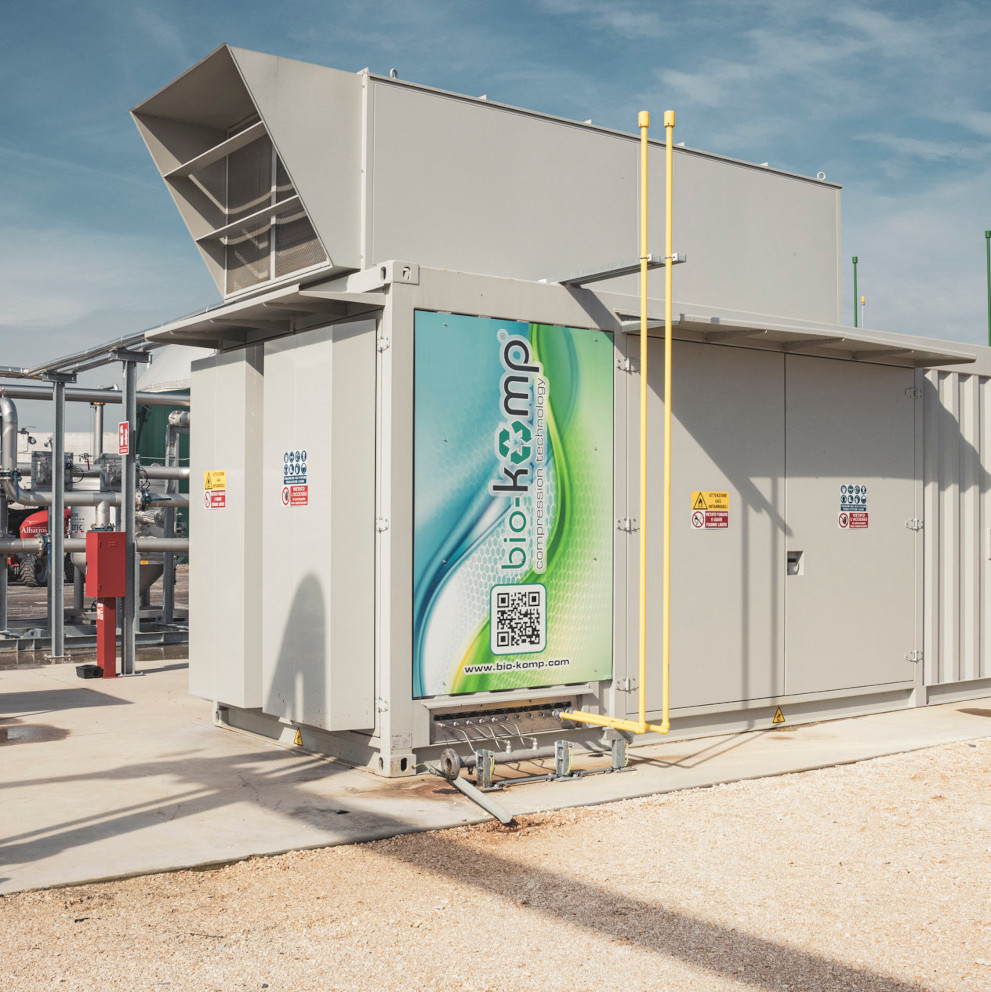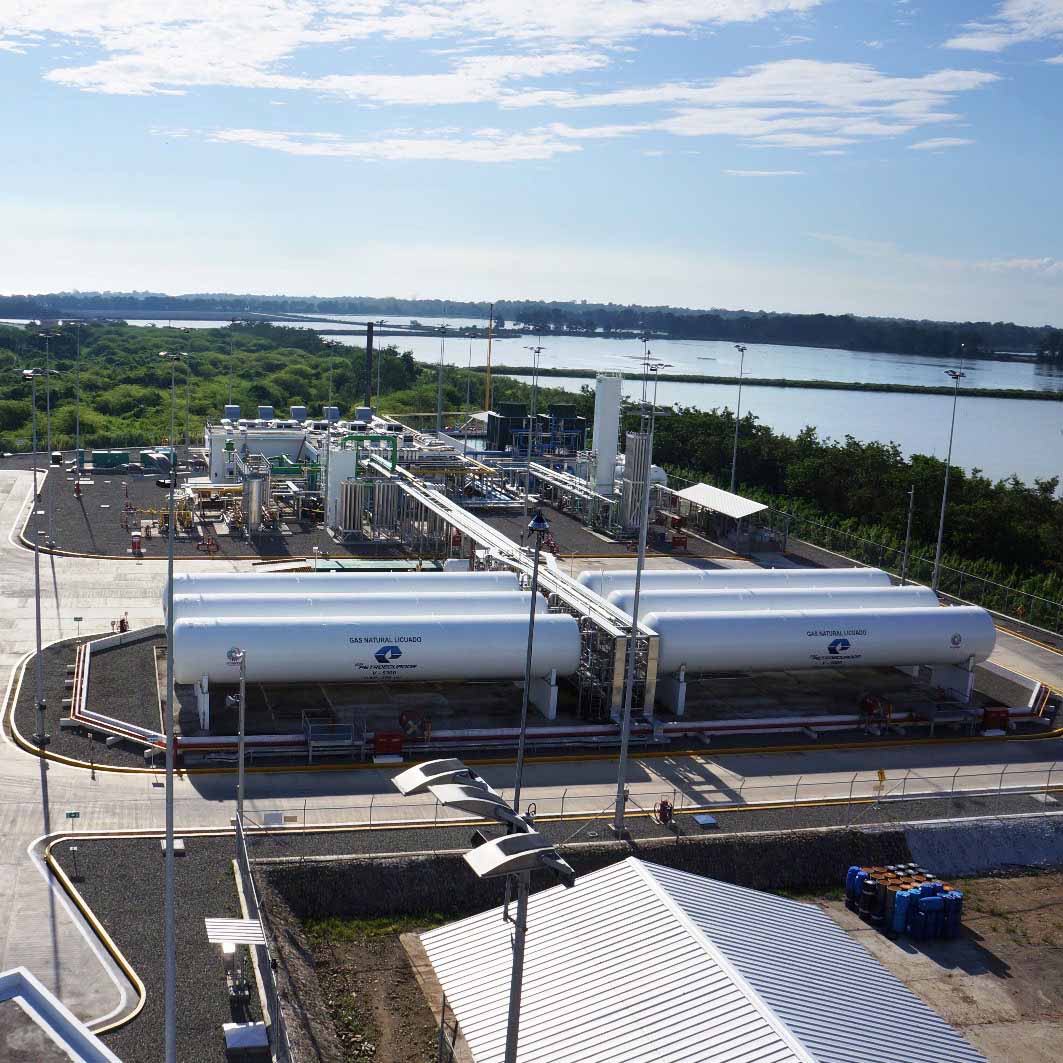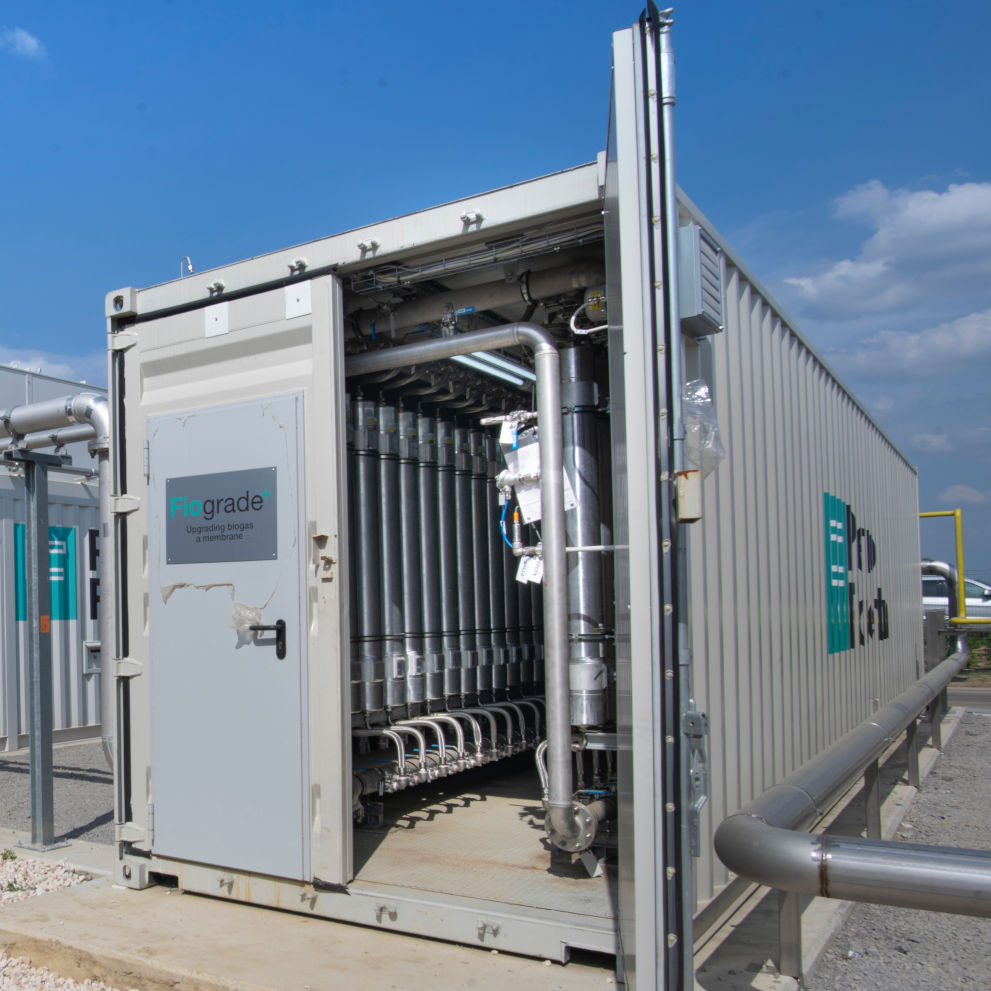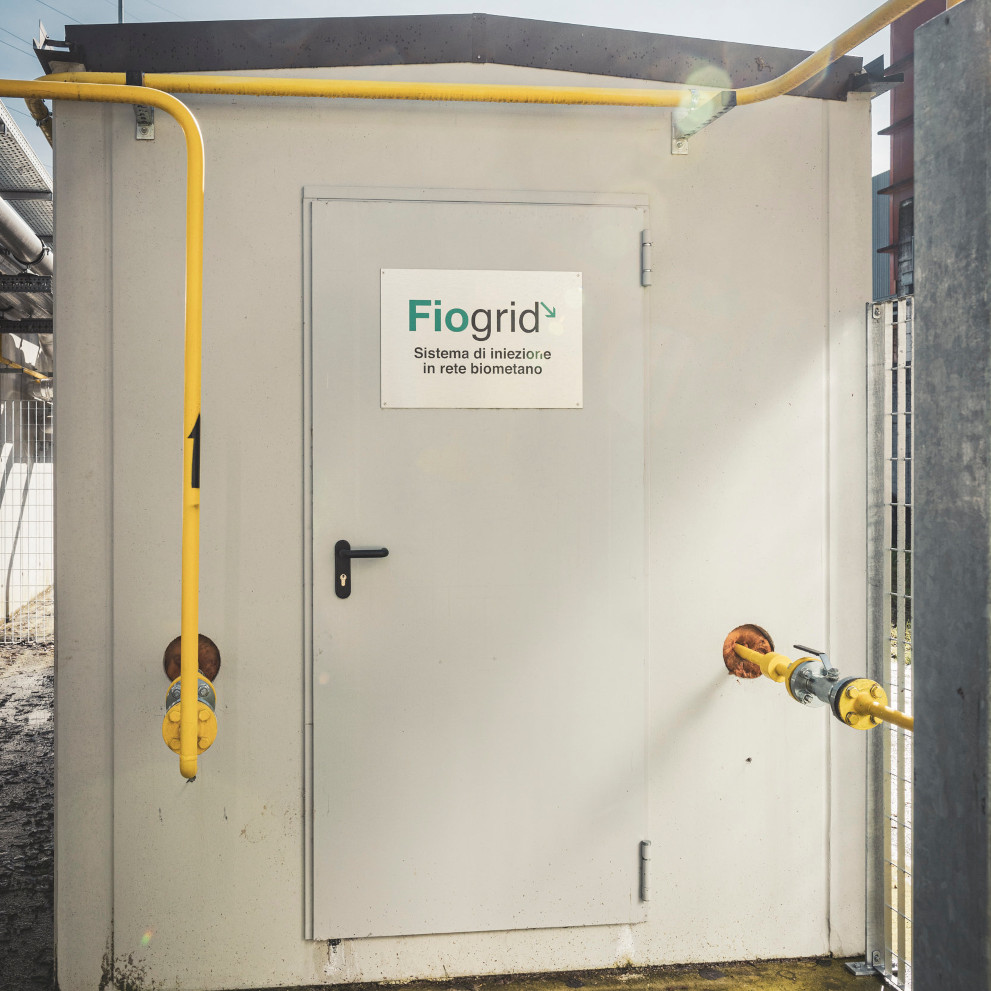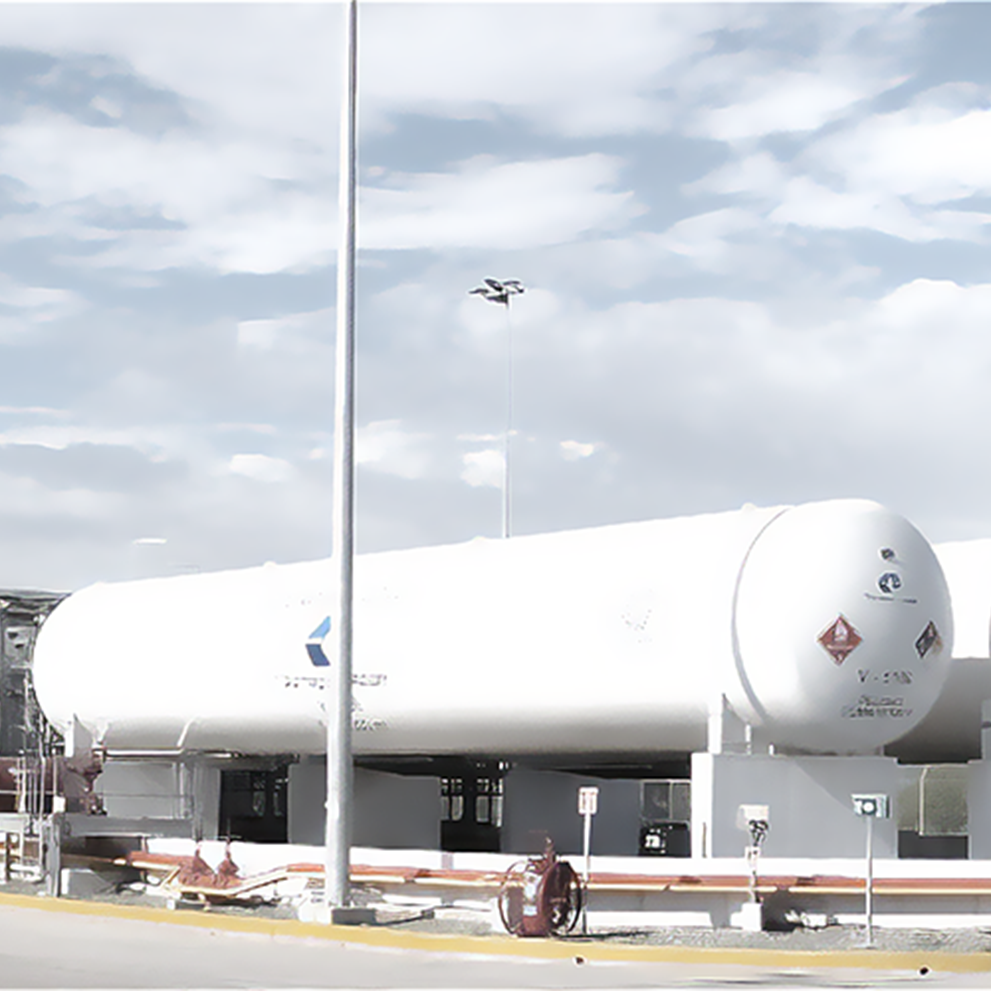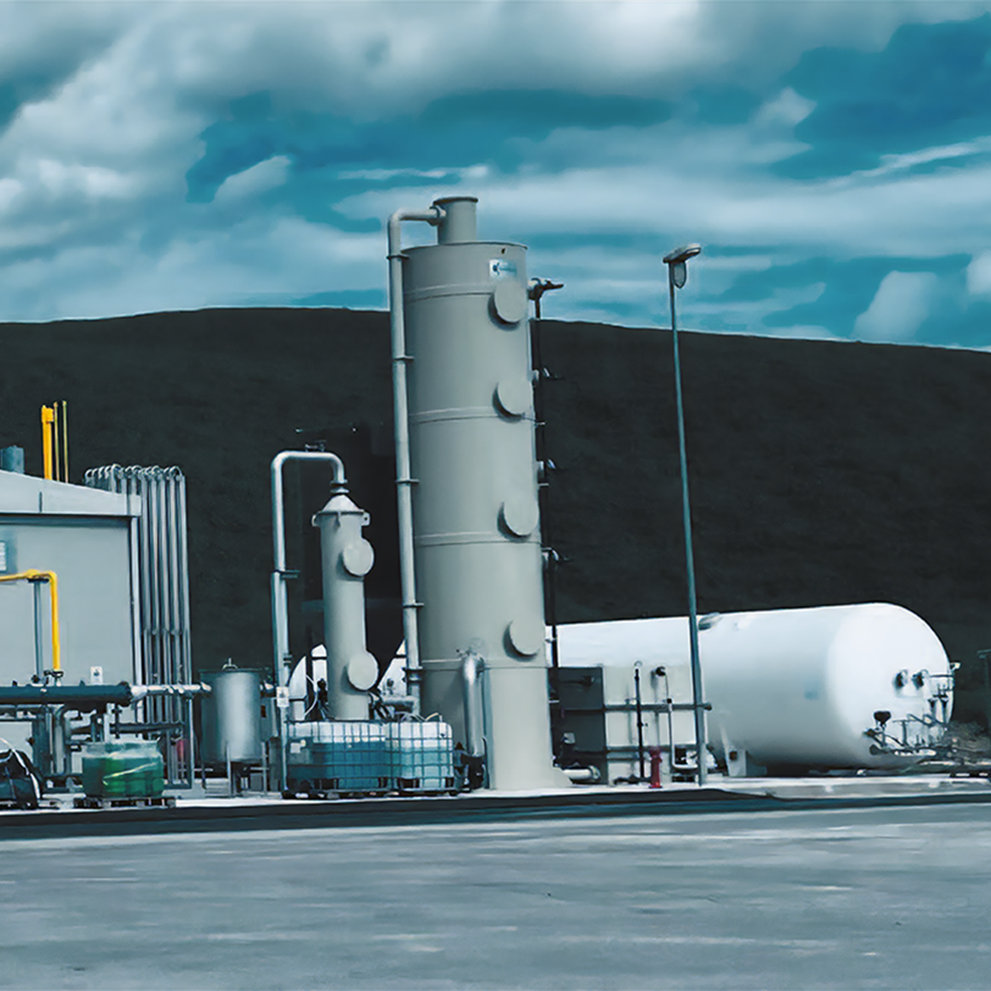Waste utilities
From waste to energy: the evolution of waste utilities
Waste utilities are facing a spectrum of challenges, from efficient waste disposal to harnessing the latent energy potential within organic matter. Pietro Fiorentini understands these multiple needs and has developed tailored solutions to allow waste management companies to achieve their sustainability goals effectively.
One of the key technologies reshaping the waste utilities sector is the use of Internet of Things (IoT) sensors and data analytics. These tools enable real-time monitoring of waste levels, collection routes, and recycling streams, allowing for more efficient and cost-effective waste management. By leveraging this data, waste utilities can optimize their operations, reduce waste, and increase diversion rates.
Waste-to-energy technologies are also gaining traction, as waste utilities seek to extract maximum value from the waste stream. Innovative processes, such as anaerobic digestion and pyrolysis, can convert organic waste into renewable energy sources, reducing the reliance on landfills and fossil fuels. Anaerobic digestion, for instance, utilizes microorganisms to break down biodegradable waste in the absence of oxygen, generating biogas that can be captured and used to produce heat and electricity. Similarly, pyrolysis involves the thermal decomposition of organic matter in a low-oxygen environment, yielding a mix of solid, liquid, and gaseous fuels that can be harnessed as renewable energy.
Waste-to-energy technologies offer a promising solution to transform organic waste into renewable energy, reducing the environmental impact of traditional waste disposal methods.
